- Strong impression with minimal creases in the title page
- The luminosity of the print -
The most renowned French engravers of the time were involved in the prestigious gallery work published in 1710. This work depicts Rubens's Medici cycle at the Palais des Luxembourg, and Gérard Edelinck was considered particularly masterful among these engravers. Created in the year of his death, the engraving illustrates how the artist depicted the materiality of the robes, capturing their shimmering effects of light and shadow. The print captivates with its almost diffuse atmosphere, in which the face's clear precision stands out particularly well. The print exemplifies the creative power and significance of reproductive graphics. Peter Paul Rubens created the exemplary painting, and the highly sought-after court portraitist Jean-Marc Nattier made the drawing from which Edelinck engraved the print. Thus, it is ultimately a joint work by three extremely talented artists.
About the artist
Gérard Edelinck was born in Antwerp and was educated by the Jesuits. He first studied printmaking with Gaspar Huybrechts from 1652 to 1653, and then became a pupil of Cornelius Galle the Younger. In 1666, Edelinck traveled to Paris, where he worked with François de Poilly, Robert Nanteuil, and Philippe de Champaigne. Edelinck's artistic virtuosity was highly regarded, and he was appointed royal engraver by Louis XIV in 1675. He then moved into an apartment in the Royal Tapestry Manufactory. Louis XIV alone portrayed Edelinck thirteen times. Edelinck became a member of the Academy of Fine Arts in 1677 and was knighted in the Order of St. Michael in 1695. His works were coveted collector's items by the 18th century.




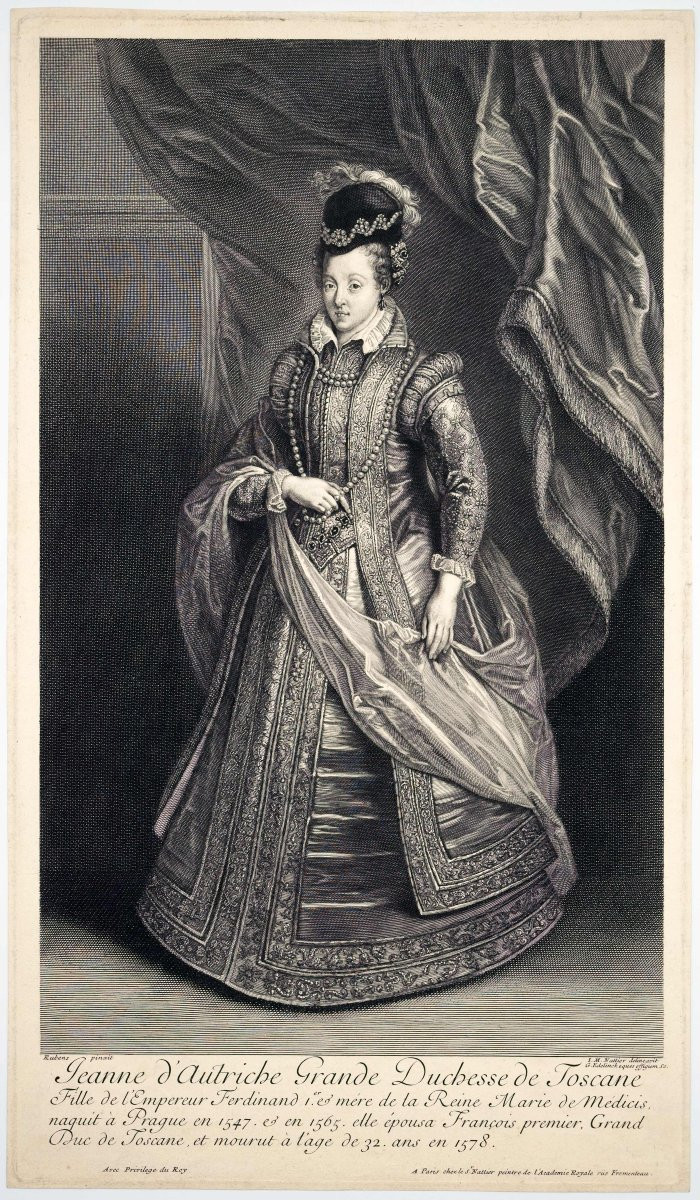
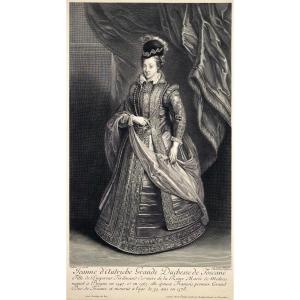




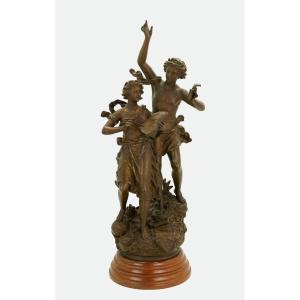



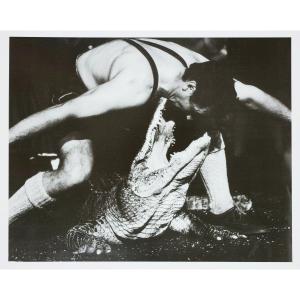

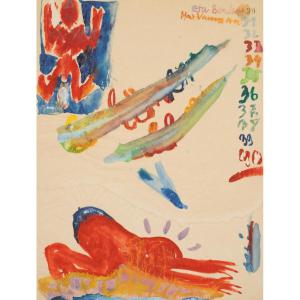
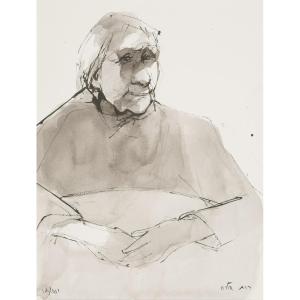






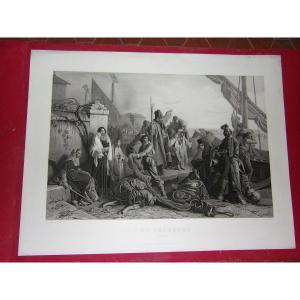

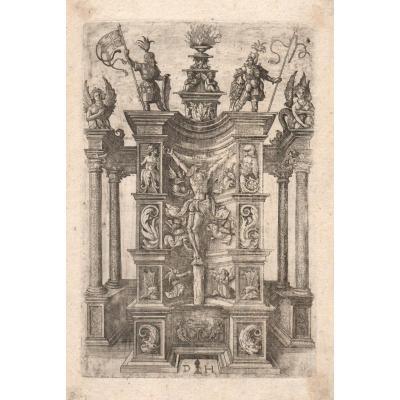





 Le Magazine de PROANTIC
Le Magazine de PROANTIC TRÉSORS Magazine
TRÉSORS Magazine Rivista Artiquariato
Rivista Artiquariato